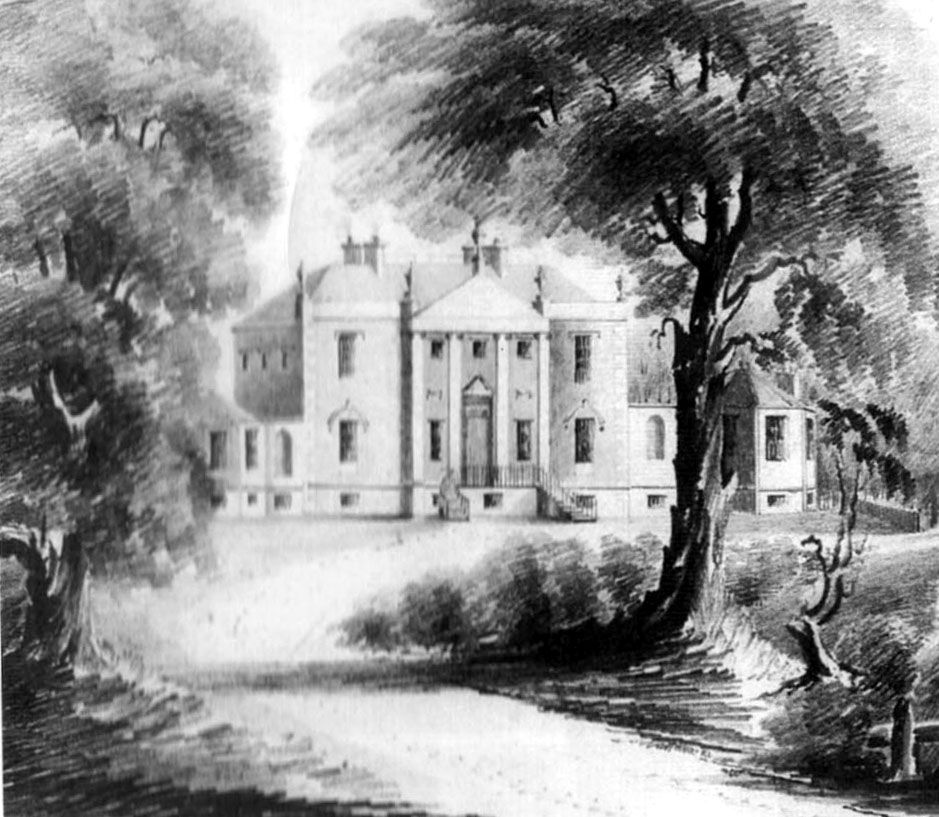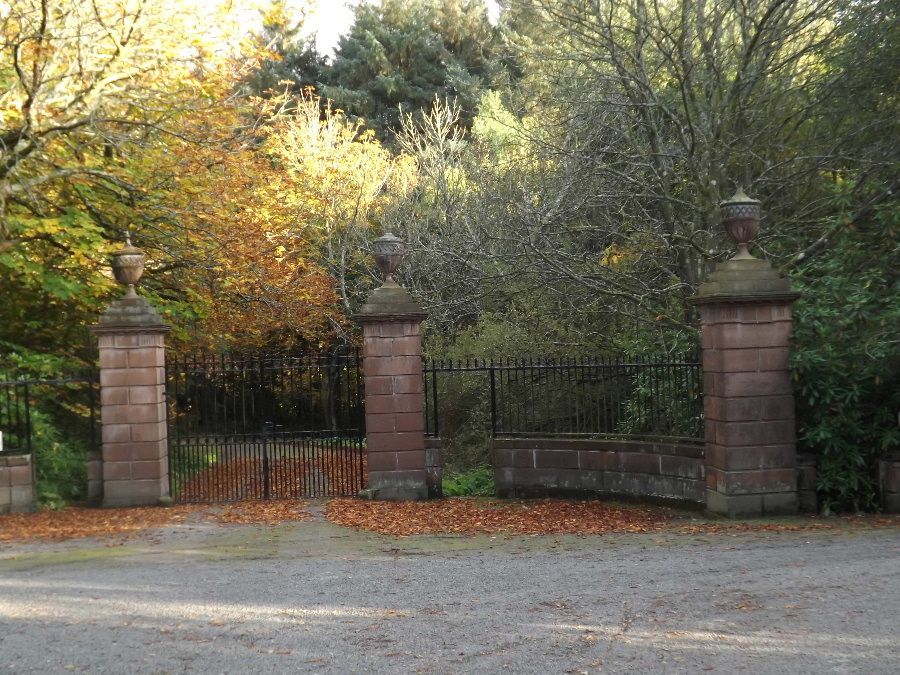Arbigland Estate
The first recorded early inhabitant, a certain Thomas de Erbygland was a witness to a Thomas of Kirkconnell for a one-mark annual rent he was paying. In the 1600s, Galloway witnessed the rise and bloody put-down of the Covenanters. There are still many local memorials to them.
The 1700s saw the Agricultural Revolution, the levellers and so on. Arbigland was fortunate that, for most of that century, the laird was William Craik (1703-1798), a man who seized the new ideas and put them into practice. Craik designed and built Arbigland House. A classical Georgian house in the Adam style, it was completed in 1755, but is no longer part of the estate since 2000.
An agricultural improver, Craik drained the entire estate and laid out the park and fields seen today with their ditches and drystane dykes. It is thought that he was able to afford to do this from the receipts of his smuggling exploits as well as his third share of all contraband seized this side of the Solway in his capacity as the excise officer.
Scotland’s National Bard, Robert Burns, who was an exciseman in nearby Dumfries, was a frequent visitor to Arbigland, with Craik being his superior, and as a friend of the daughter of the house, Helen Craik, also a poet and novelist. But Arbigland's most famous claim to international fame is that the estate was the birthplace of John Paul Jones who went on to become the Founding Father of the United States Navy. Born John Paul, the gardener's son, in a cottage on the estate in 1747, he eventually emigrated to America where he became a hero of the revolution. He returned to terrorise the coast of his homeland in the American War of Independence.
The estate has been home to the Blackett family and their forebears, since 1852 when General William Stewart-Balfour purchased the house and estate for £38,000. General Stewart-Balfour had served in the Coldstream Guards and also owned the Dunbog estate in Fife.
The estate eventually passed to his great nephew Colonel Christopher Edward Blackett, who had served with the Sutherland Highlanders in the Crimean War where he was part of the 'thin red line' that held off the Russian Army at the Battle of Balaklava. He transferred to the Coldstream Guards in the Crimea and took over Arbigland in 1872. With his great, great nephew J B B Blackett selling the estate in 2000.

An early drawing of Arbigland House

Gates leading to Arbigland House, no longer part of the estate

